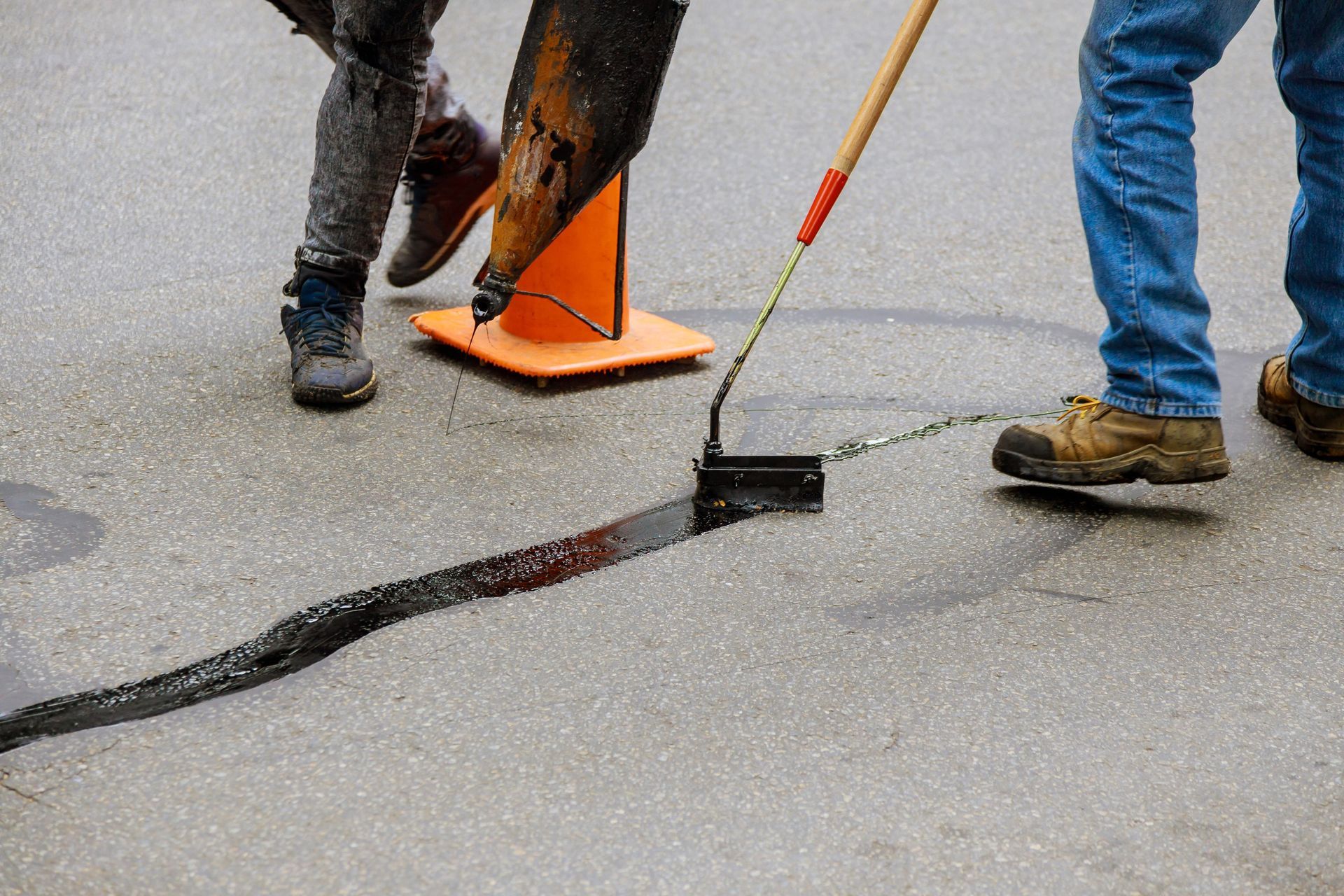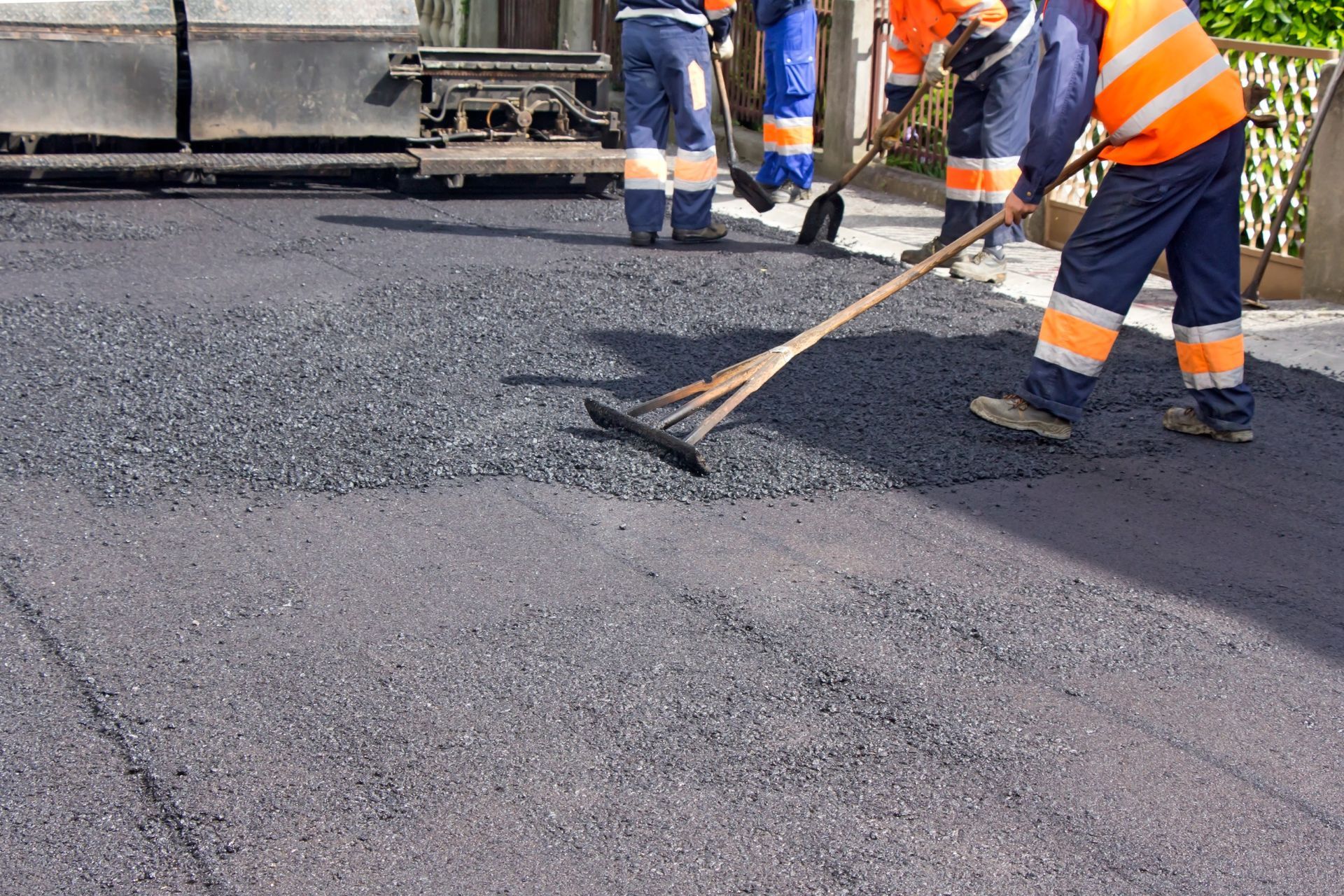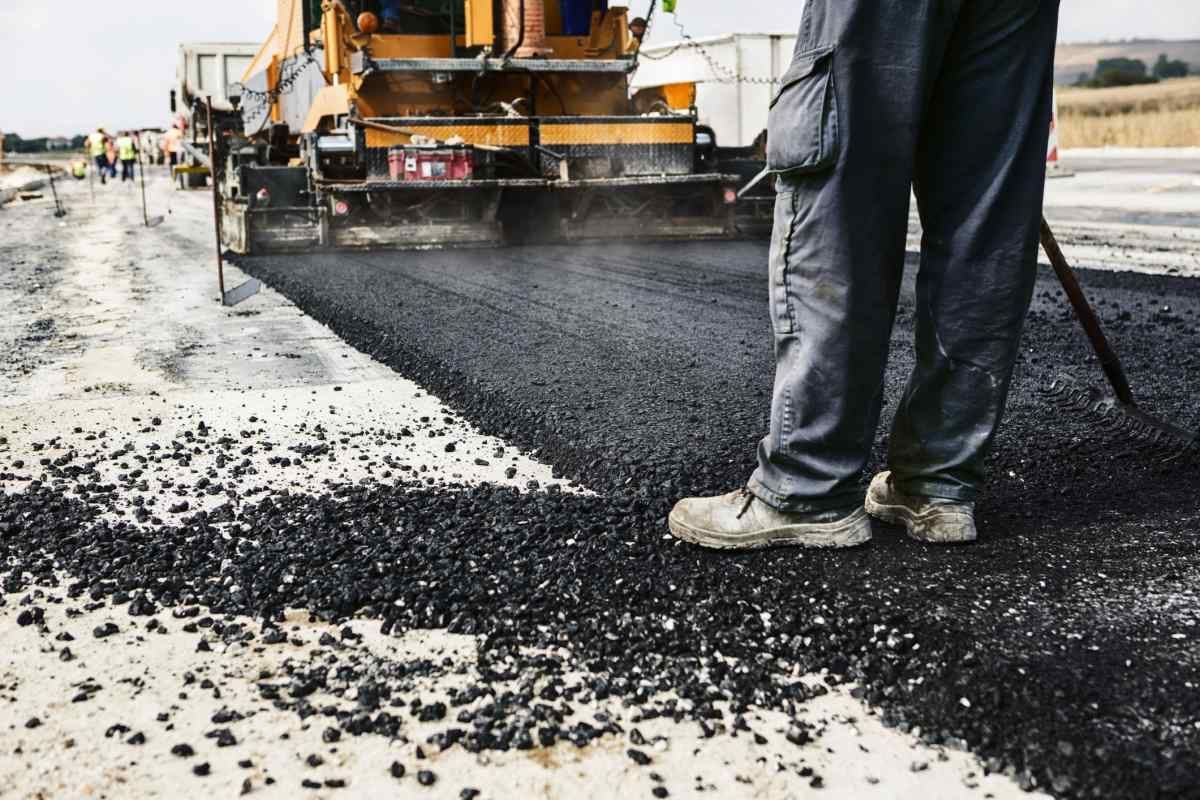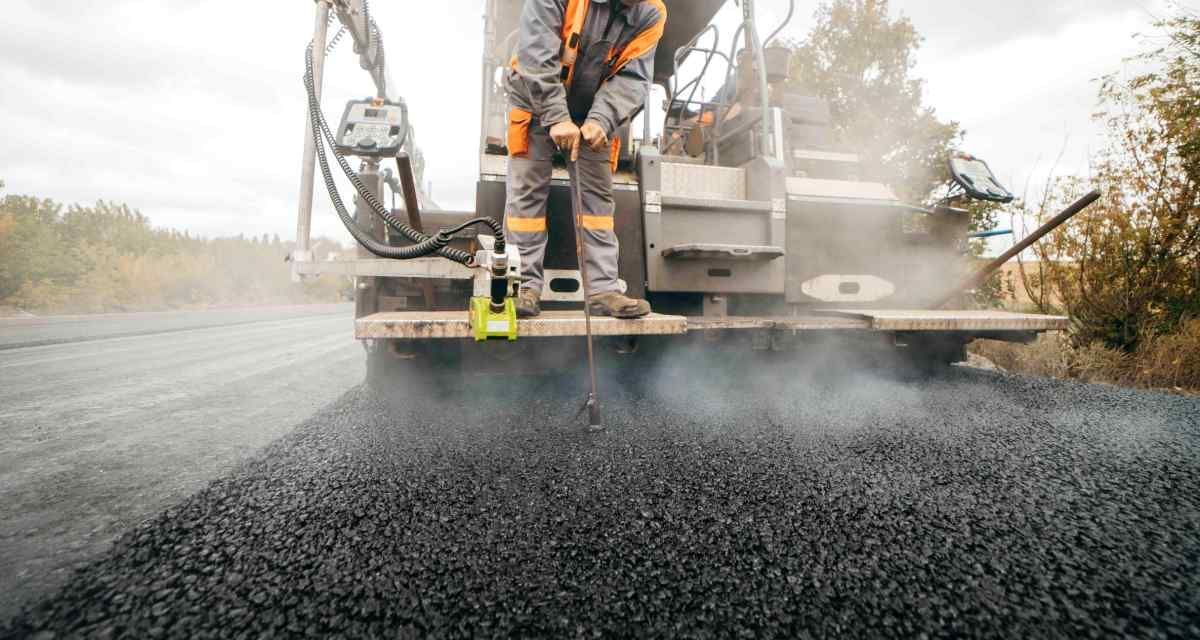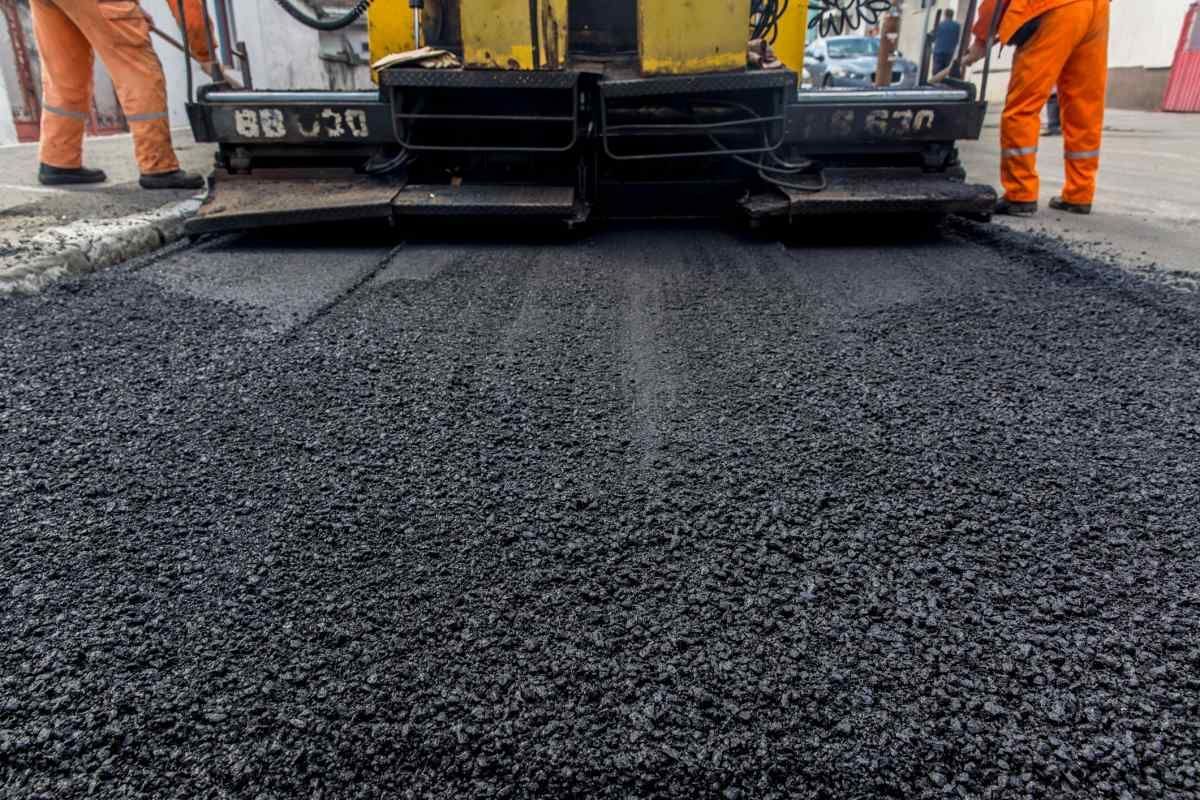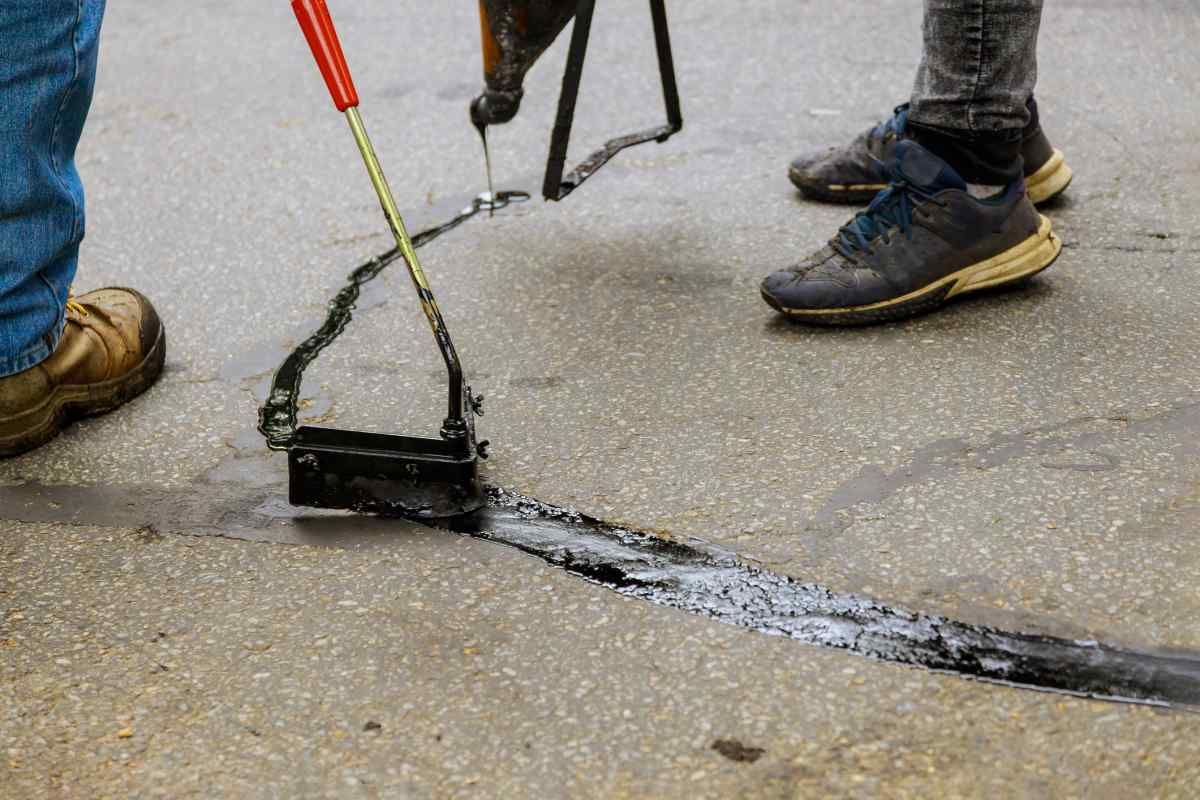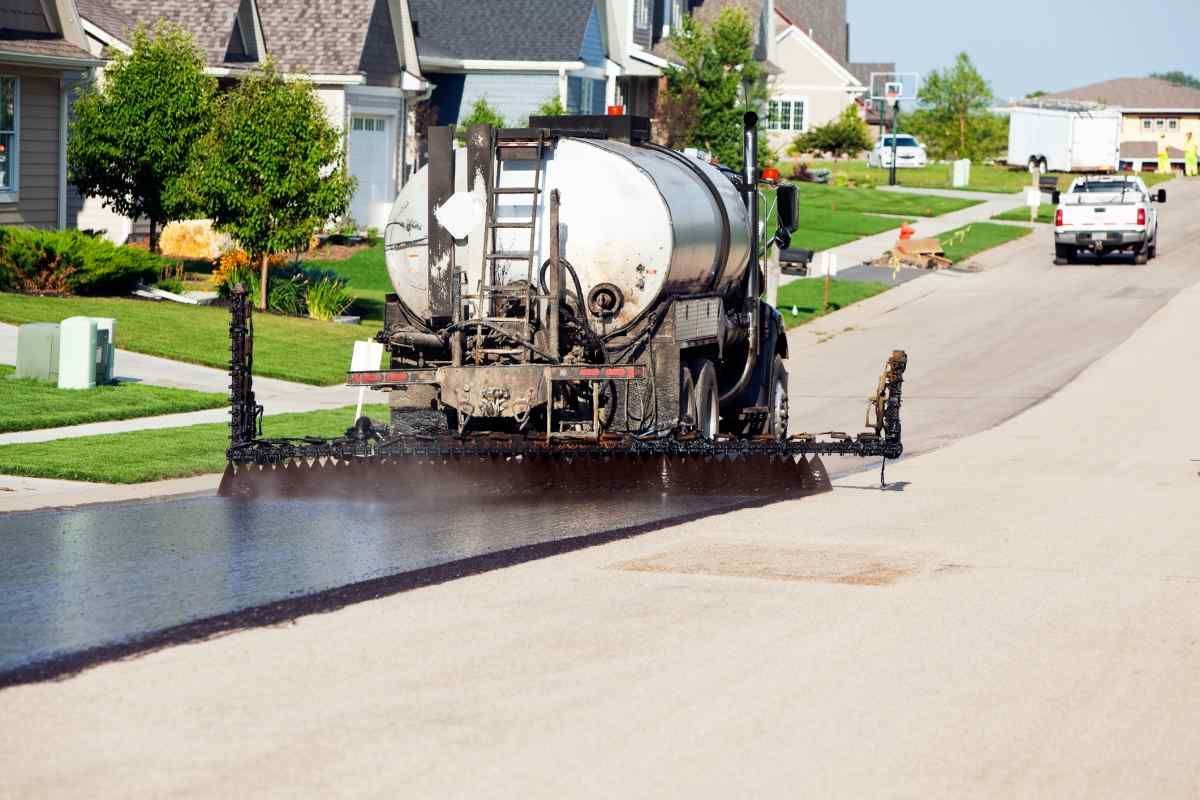How Long Does Asphalt Paving Take to Dry
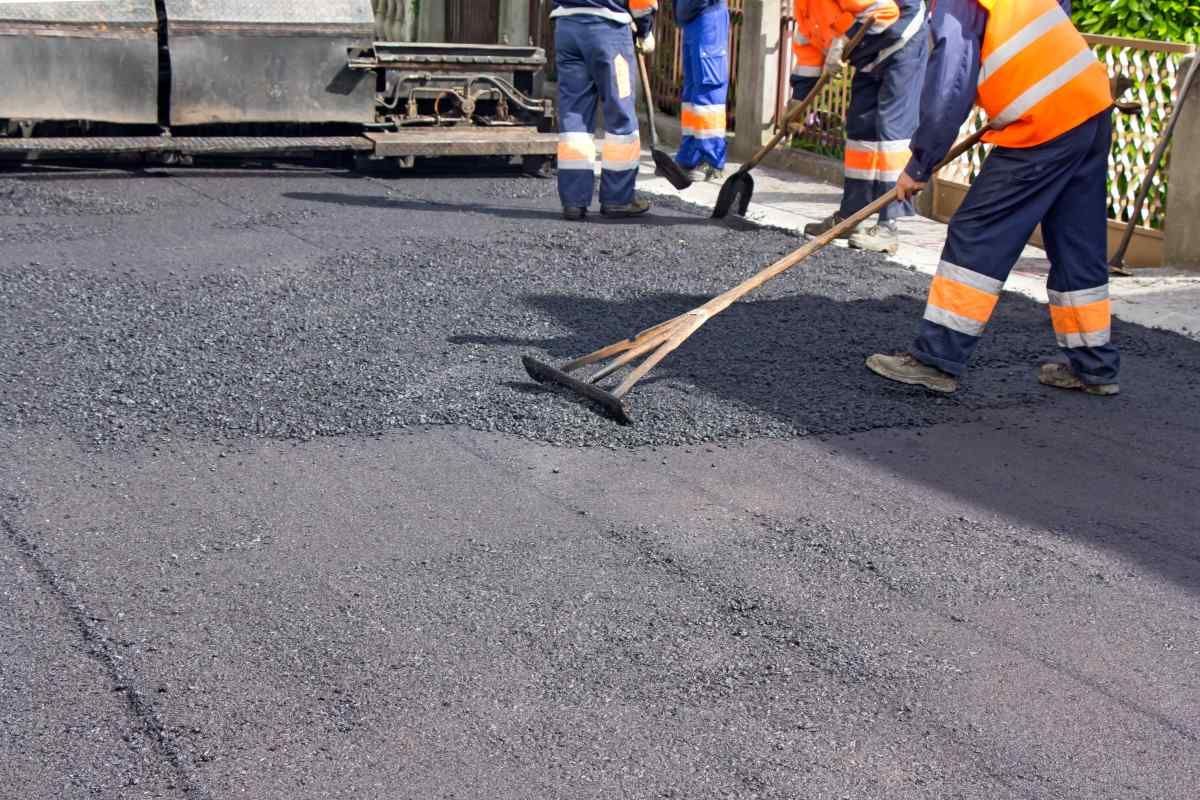
Asphalt paving demands meticulous attention to detail for a durable, smooth surface. One crucial aspect is asphalt drying time, influenced by multiple factors, fascinating those involved in such projects. Understanding this process aids in precise project planning and reveals construction intricacies. Exploring asphalt drying nuances and its variable elements enlightens us on essential construction phases.
Factors Affecting Asphalt Drying Time
Key factors influence asphalt drying time, notably temperature and wind. Higher temperatures expedite moisture evaporation, hastening drying, while lower temperatures prolong it. Accurate estimation requires considering temperature during and post-paving. Wind also impacts drying, with strong winds accelerating evaporation by removing moisture, whereas calm conditions impede it, extending drying time. Assessing wind speed and direction is vital for predicting drying and opening surfaces to traffic. Understanding temperature and wind enables contractors to plan asphalt projects effectively for timely completion.
Weather Conditions and Drying Process
Optimal weather conditions are crucial for efficient asphalt pavement drying. Humidity and sunlight significantly influence drying rates:
• Humidity Impact: High levels slow evaporation, extending drying time; lower levels expedite drying.
• Sunlight Exposure: Direct sunlight raises surface temperature, hastening moisture evaporation and overall drying.
• Temperature Fluctuations: Consistent temperatures ensure uniform drying, preventing issues with the final outcome.
• Wind Conditions: Adequate air circulation enhances evaporation rates, with windy conditions speeding up drying.
Typical Drying Time for Asphalt
The standard drying time for asphalt pavement is typically 24 to 72 hours, depending on factors like weather and asphalt thickness. Excessive traffic during this crucial period can deform the pavement and extend curing time. To maintain integrity, traffic should be restricted initially. Asphalt curing involves moisture evaporation and cooling for hardening and binding. Temperature, humidity, and air circulation affect drying time. Optimal conditions with moderate temperatures and low humidity promote efficient curing. Monitoring is vital to prevent premature traffic opening, which may compromise durability. Adequate drying time and proper curing ensure maximum strength and performance of the asphalt pavement.
Accelerating Asphalt Drying
Applying heat expedites asphalt drying by promoting moisture evaporation, while proper ventilation aids in moisture escape. Combining both enhances project efficiency.
Heat Methods:
- Infrared Technology: Direct heat application via infrared heaters speeds up moisture evaporation.
- Solar Power: Utilizing solar-powered heating systems accelerates drying.
- Hot Air Blowers: Increasing surface temperature with hot air expedites drying.
- Heated Blankets: Maintaining consistent temperature with blankets speeds up curing.
These methods enhance moisture evaporation, resulting in faster drying and improved project efficiency.
Ventilation Aids Evaporation
Proper ventilation is essential for speeding up asphalt drying by aiding evaporation alongside heating methods. It facilitates air circulation, swiftly removing moisture from the surface. Moving air carries away evaporated moisture, expediting drying. Effective ventilation ensures continuous replacement of moist air with drier air, promoting faster evaporation. This constant air exchange maintains optimal drying conditions, maximizing efficiency. Ensuring proper ventilation accelerates moisture evaporation, reducing drying times and enhancing pavement durability.
Signs of Fully Dried Asphalt
To determine if asphalt has fully dried, visual inspection for dryness and testing the asphalt surface for tackiness or softness are crucial steps. Visual cues such as the color change from dark to light and the absence of any visible moisture can indicate the completion of the drying process. Additionally, conducting a simple test by pressing a tool or shoe onto the surface to check for any sticking can confirm the readiness of the asphalt for regular use.
Visual Inspection for Dryness
Examining asphalt's surface texture and color reveals its dryness status. Consider the following:
- Moisture Level: Check for shiny or damp spots indicating lingering moisture.
- Color Changes: Seek uniform color; patches lighter or darker suggest uneven drying.
- Texture: Dry asphalt feels smooth and solid, lacking tackiness.
- Tire Imprints: Avoid walking or driving until fully dried to prevent leaving marks.
Testing Asphalt Surface
After visually inspecting asphalt for dryness, based on moisture levels, color changes, texture, and tire imprints, specific tests confirm surface readiness. Surface quality testing ensures asphalt meets required standards by assessing evenness and smoothness. Specialized equipment measures deviations from desired flatness. Durability testing evaluates strength and longevity, assessing resistance to wear, tear, cracking, and weathering. These tests determine if asphalt can withstand anticipated traffic and environmental conditions, ensuring a reliable, long-lasting pavement surface.
Maintenance Tips for Freshly Paved Asphalt
To ensure the longevity and quality of freshly laid asphalt, diligent care is essential. Key maintenance tips include:
• Sealant Application: Apply high-quality sealant to protect against weather, UV rays, and spills, extending lifespan.
• Regular Cleaning: Remove debris to prevent staining and deterioration.
• Avoid Heavy Machinery: Restrict machinery to prevent damage and wear.
• Adhere to Traffic Restrictions: Follow guidelines to maintain pavement integrity, limiting heavy traffic and abrupt maneuvers.
Frequently Asked Questions
-
Can Asphalt Drying Time Be Affected by the Time of Day It Is Paved?
 Button
ButtonThe time of day asphalt is paved can influence drying time. Cooler temperatures in the morning or evening may slow the process, while midday warmth can expedite it. Proper time management and monitoring are key.
-
How Does the Thickness of the Asphalt Layer Impact the Drying Time?
 Button
ButtonThe thickness of the asphalt layer plays a crucial role in drying time. Thicker layers retain heat longer, aiding in the drying process. Weather conditions also influence drying, with warmer temperatures and sunlight expediting evaporation, while cooler, damp conditions may prolong drying times.
-
Are There Any Specific Steps Homeowners Can Take to Protect Freshly Paved Asphalt From Damage During the Drying Process?
 Button
ButtonProtective measures are crucial for preserving freshly paved asphalt. Homeowners can ensure the longevity of their pavement by refraining from heavy traffic, avoiding sharp objects, promptly addressing spills, and implementing routine maintenance tips provided by professionals.
-
Does the Type of Asphalt Mix Used Affect How Long It Takes to Dry?
 Button
ButtonThe type of asphalt mix used can influence drying times. Factors such as weather conditions, traffic impact, and the curing process all play a role. Different mixes have varying compositions affecting their drying rates and durability.
-
Are There Any Specific Temperature Ranges That Are Ideal for Asphalt to Dry Efficiently?
 Button
ButtonIdeal conditions for efficient asphalt drying lie within specific temperature ranges. Typically, temperatures between 70-90 degrees Fahrenheit are optimal. Time of day also matters, with paving process initiated early morning or late afternoon to avoid extreme heat.
Conclusion
In conclusion, the drying time of asphalt paving can vary depending on factors such as weather conditions, thickness of the asphalt layer, and the type of asphalt used. Typically, it can take anywhere from a few hours to a few days for asphalt to fully dry and cure. Proper maintenance and care of freshly paved asphalt can help ensure its longevity and durability. It is important to follow recommended guidelines to accelerate the drying process and prevent damage to the newly paved surface.
Let’s talk about your project
Request a free quote today.
We are not taking employment applications at this time.
No estamos tomando solicitudes de empleo en este momento.
We will get back to you as soon as possible.
Please try again later.

WHERE TO FIND US AREAS WE WERVE
950 N. Villa Ave.
Villa Park, IL 60181
sales@asphaltpavingpro.com
(630) 833-0850
Copyright © 2023 Asphalt Paving Professionals
Website design by Blue Ink Web LLC
